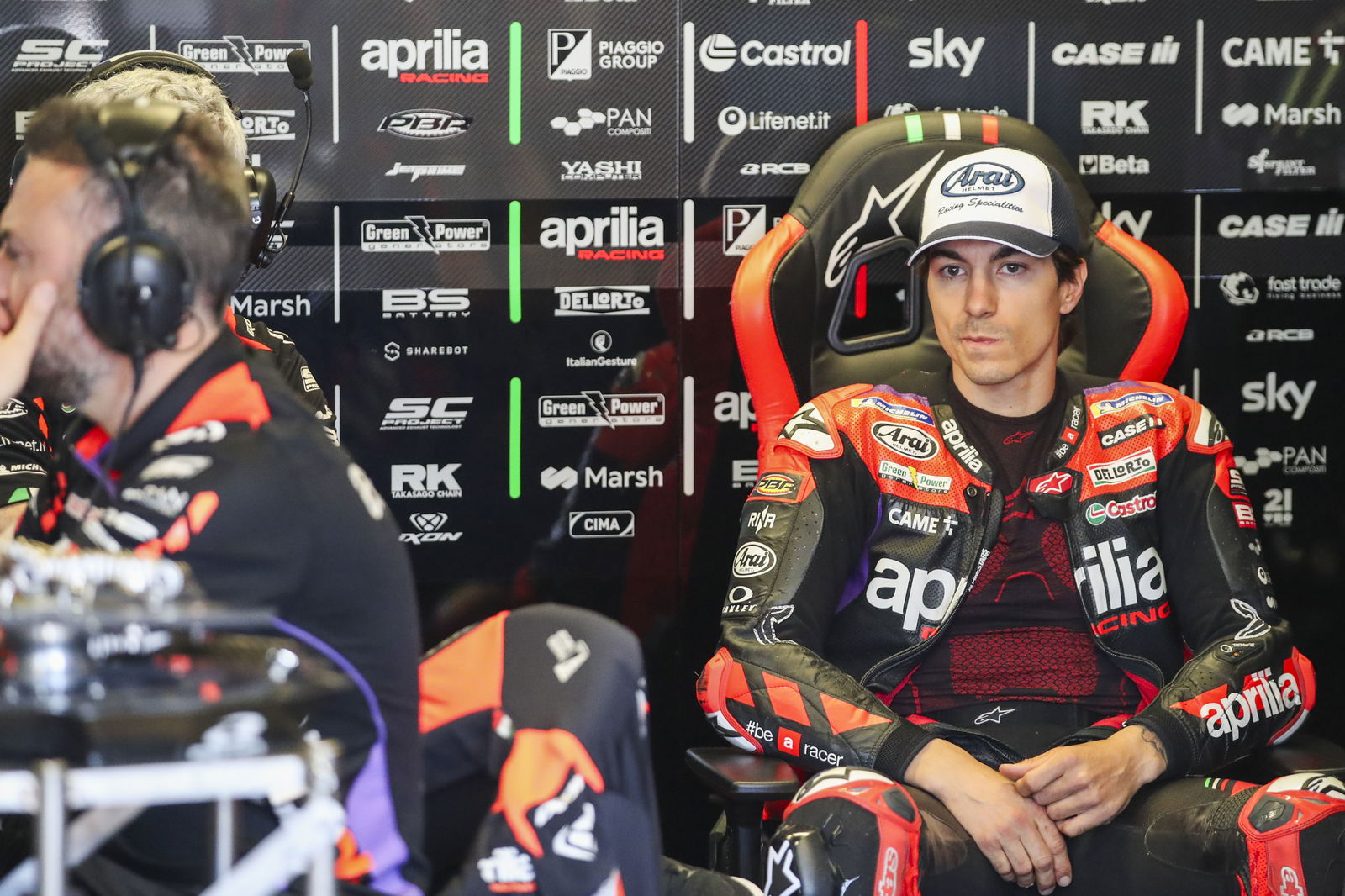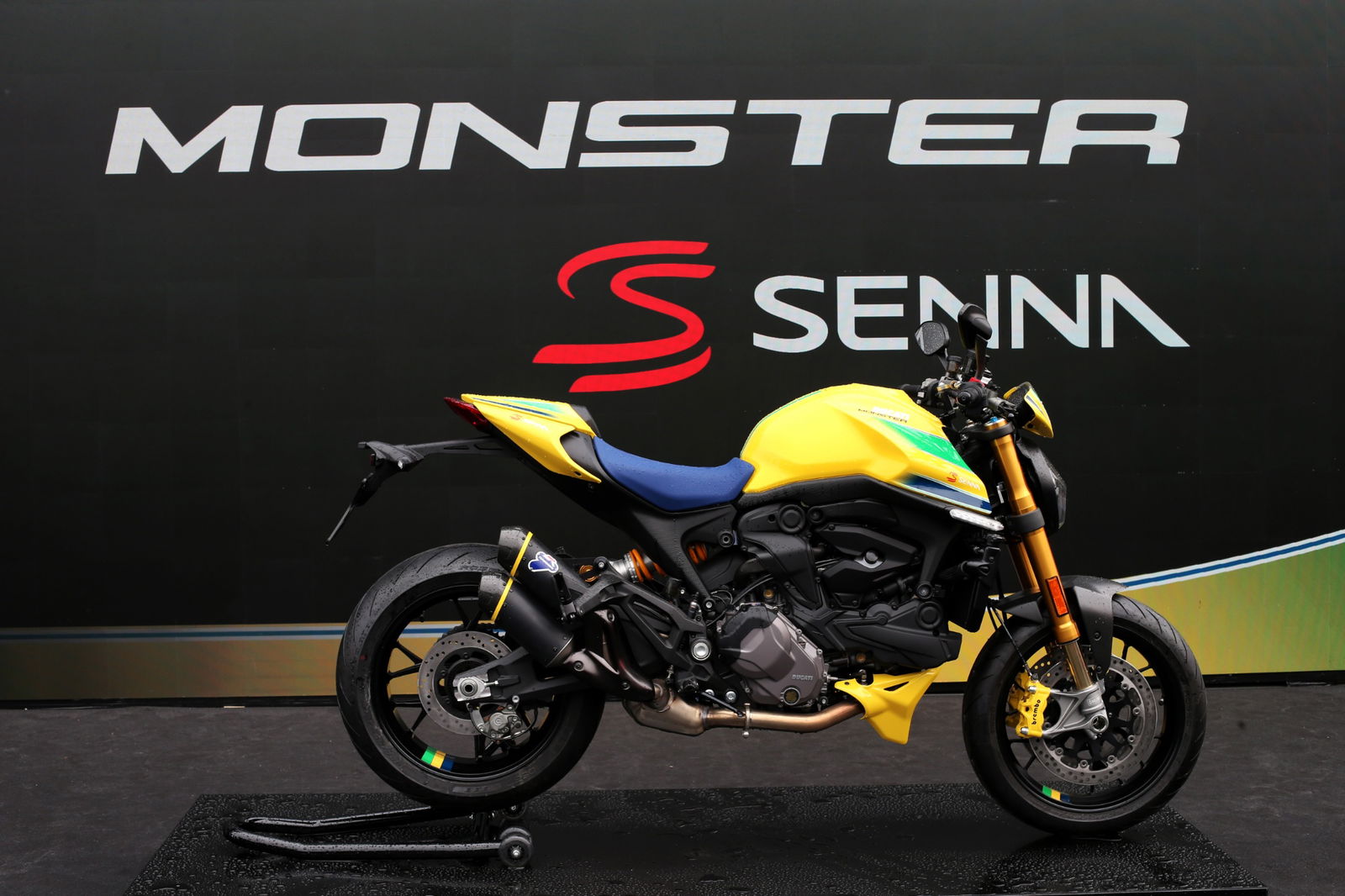GPS sharing: “I don't understand how that one made it past the manufacturers”
'The whole idea is to get the edge over your competition, not tell them exactly where you're going faster!' - GPS data sharing to lift the veil on MotoGP performance from 2027.

The biggest surprise in MotoGP’s new technical rules for 2027, announced before Le Mans, was the sharing of GPS data.
GPS is banned for use by teams in MotoGP, but GPS units are still fitted to each bike by the organisers ‘for their media and promotional purposes’.
Meanwhile, teams currently perform video analysis to try and unlock the strengths and weaknesses of their rivals, by overlaying the images with those of their own riders at the same part of the track.
But from 2027, such priceless information - and much more - will be freely distributed: “GPS data from all riders will be made available to all teams at the end of each session.”
This will open up a whole new area of analysis for the teams, who will pour over the data to directly compare racing lines, acceleration and braking performance with their own riders and bikes.
KTM’s Jack Miller feels it will take away some of the magic from MotoGP.
“The only thing I didn't like [in the 2027 rules] was the whole GPS data available to everybody. I mean, what the f**k is that for?” Miller said.
“At the end of the day, it's motorcycle racing and the whole idea is to get the edge over your competition and not tell them exactly where you're going faster!
“It’s the whole guesswork of it, that's what makes the sport beautiful.
“So I kind of didn't like that one. I don't understand how that one made it past the manufacturers, but it did!”
It’s certainly true that such data will benefit struggling manufacturers - by showing exactly where they are losing out - more than those already at the top of the timesheets.
But the five manufacturers probably agreed to the GPS data sharing on the grounds that the current video analysis (using their static trackside cameras as well as the TV feed) eventually achieves a similar goal - at much greater expense and effort.
The GPS data will also be used to “give a lot of insight to the fans” explained Carlos Ezpeleta, Dorna's Chief Sporting Officer.
“GPS is something we’ve been working on for a number of years with the new transponders in MotoGP, which have GPS data, which we’re using for Race Direction,” Ezpeleta said.
“As part of this evolution, we now want to embed it for manufacturers to use. Always post session [not in real time], that’s an important clarification. So all teams will receive, from the organisers, all the data from all the riders, at the end of each session.
“That will firstly help us to have much better GPS data. We have to talk about the specifics with the manufacturers, but we’re targeting time differential GPS from 2027.
“That will also, specifically in terms of the organisers, help us for safety and crash investigation. Let’s say the lines, and distances, both rider and bike. So we think that’s an incredible enhancement for Race Direction moving forward.
“And also this will eventually give a lot of insight to the fans in terms of different lines in a chicane or corner. From one bike to another, from one rider to another.
“So I think there’s definitely a lot of insight in terms of how that will be delivered and also the manufacturers will be able to see how the different bikes and riders are moving.
“It’s a big project, but I think it will have a lot of value.”
The other 2027 amendments are: A drop from 1,000 to 850cc engines, plus reduction in cylinder bore size to 75mm. One less engine change per season. A reduction in gearbox ratios. Ban on ride-height devices. Reduction in fuel tank capacity. 50mm reduction in the front width and nose dimensions of the fairing (aero). Homologation of rear seat aero and use of 100% 'non oil-refinement origin fuel'.
Miller said of the other changes: “50mm ain't going to change all that much in that [aero] department.
“But it’s cool to see ride-height devices have gone. I think that’ll be a good change. 850cc, also a good change. I mean, all these beautiful racetracks that we go to are slowly but surely getting too small.
“Fans are also getting further and further away from the action simply because these bikes are absolute ballistic missiles, and the tracks are getting too small for how fast the bikes are.
“There'll be some interesting ideas come out of this and obviously, looking back to the original 800s, they were some pretty cool sounding motorcycles.
“Change is good. And like I said, good to see the devices go. I think that’ll help. And I'd really like to see aero gone.”
Gone all together?
“Yeah, I think so. I think we're at a point now where everybody's aero is pretty bloody good. Don't get me wrong, the red bikes have still got a good package, but I don't believe that ours, or an Aprilia is any different [performance-wise].
“And having the experience of riding bikes without winglets, it's a lot more work in terms of managing the wheelie and how you can set-up your power and use your power. Rather than a point-and-squirt kind of thing now, with the devices and the winglets.
“I also think they make the bikes ugly. And motorcycle racing is supposed to be beautiful.”


